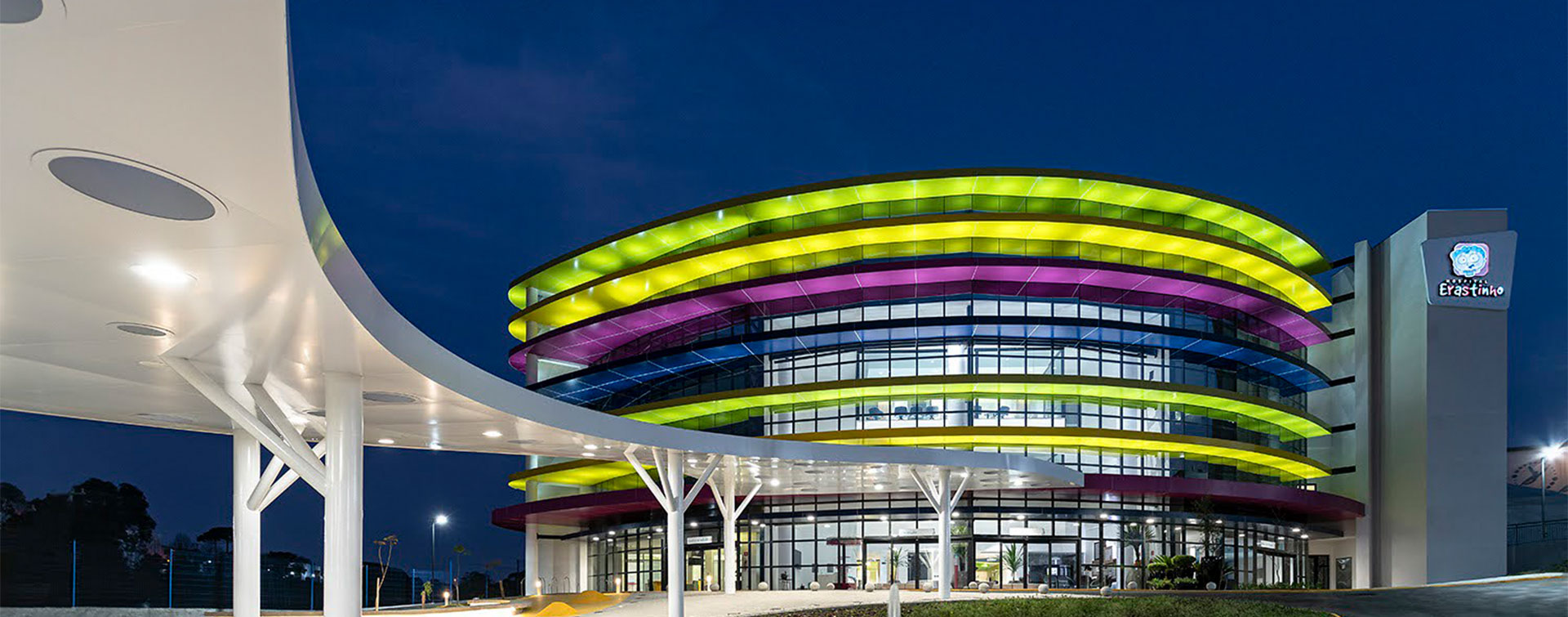 5 min
5 min
To empower the evolving sustainable construction sector, it will first be necessary to inform all actors in the value chain of the expectations of legislators towards this goal.
Efficient Buildings Europe, for example, assists Member States in implementing the european Energy Performance of Buildings Directive (EPBD), which was recently revised. This directive requires all new buildings to disclose their carbon footprint and global warming potential on their energy performance certificate throughout their lifecycle. This obligation will come into effect starting in 2030. Once the carbon footprint of buildings over their entire lifecycle is better understood, member states will be able to set thresholds for the maximum amount of embodied carbon.
Furthermore, the revision of this directive introduced a new policy element: National Building Renovation Plans (NBRPs). These plans establish more standardized and comparable national targets and outline the investments needed for their implementation, as well as the policies and measures to be initiated.
What is the Energy Performance of Buildings Directive?The Energy Performance of Buildings Directive (EPBD) is the EU's main legislative instrument aimed at improving the energy performance of buildings across Europe. First introduced in 2002 to meet the Union's commitments under the Kyoto Protocol, it has undergone several revisions. The 2024 update sets a goal to decarbonize the building stock by 2050 and accelerate renovation efforts, especially for the least energy-efficient buildings.
How can Europe take on this leadership role in sustainable construction?
The European Union already has a leadership role in this field. Among the key actions by the European Union, I would highlight :
- the Level(s) Framework, which offers a unified approach for assessing and reporting the sustainability performance of buildings,
- the revision of the Construction Products Regulation (establishing harmonised rules for placing construction products on the market in the EU),
- and the inclusion of requirements for Indoor Environmental Quality (IEQ) and Whole Life Carbon (WLC).
Sharing our experience with other regions of the world is now needed to ensure that the leadership and pioneering work that we have done in the field of sustainable construction becomes better known outside of the European Union.
Also read: Measuring to make better decisions: the great data journey
What are the priority actions?
We must continue to decarbonize industrial processes involved in producing and manufacturing building materials and products. Additionally, it is essential to Increase the recovery of materials in the sector, particularly during the deconstruction or demolition of buildings. An important consideration is accounting for the expected service life of buildings and their components into the design phase, as addressing end-of-life considerations early on can ease the adoption of circular practices later. Finally, it is crucial to ensure that reporting templates for sustainable construction are harmonised from the outset, with particular focus on whole life carbon reporting.
What is Efficient Buildings Europe? Efficient Buildings Europe represents Europe’s top companies engaged in the manufacturing, distribution, and installation of energy-efficient products, equipment, and services for buildings. Their mission is to collaborate with EU institutions to promote energy efficiency in buildings, supporting a decarbonized, flexible building stock that contributes to Europe’s climate, energy, and economic goals.
1 The European Association for External Thermal Insulation Composite Systems (EAE) aims to enhance energy efficiency across Europe, promoting the benefits of using External Thermal Insulation Composite Systems (ETICS). The EAE award seeks to recognize outstanding energy-efficient projects from across Europe that utilize ETICS.
Photo credits: © Christian Henninger










